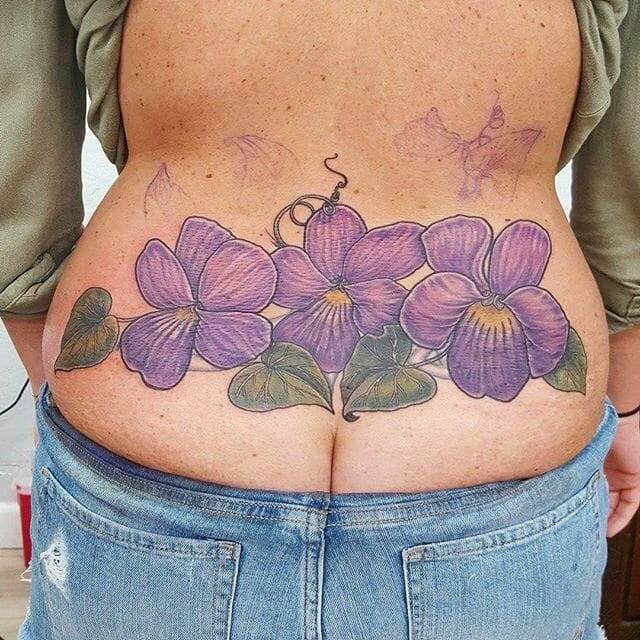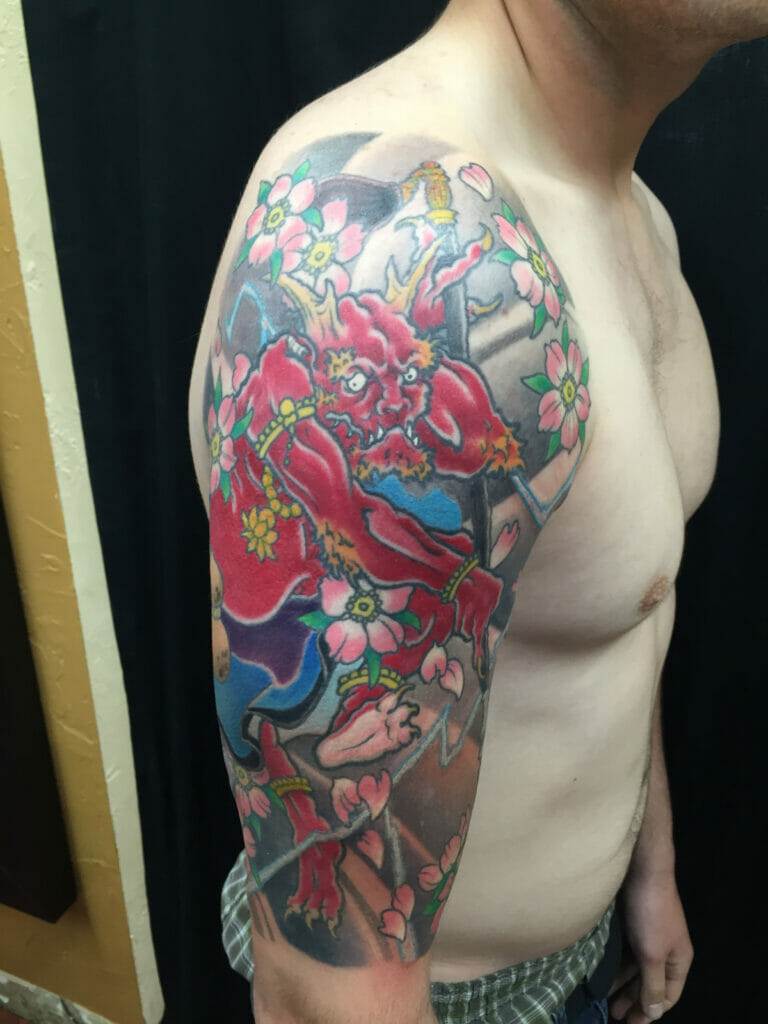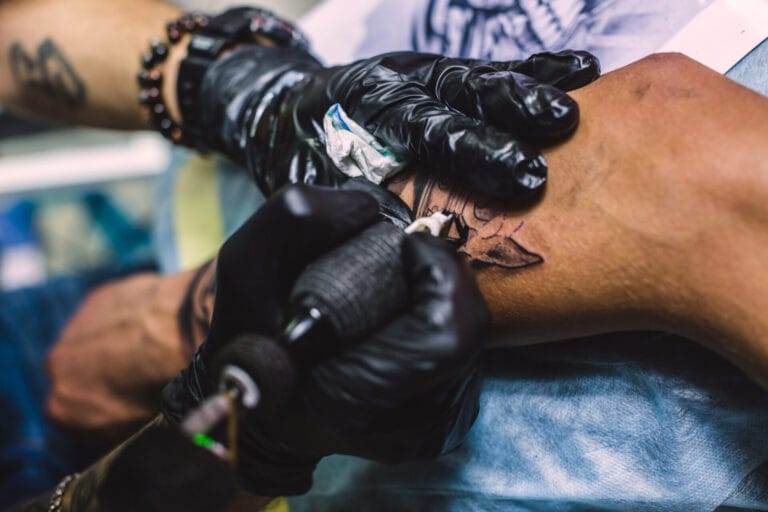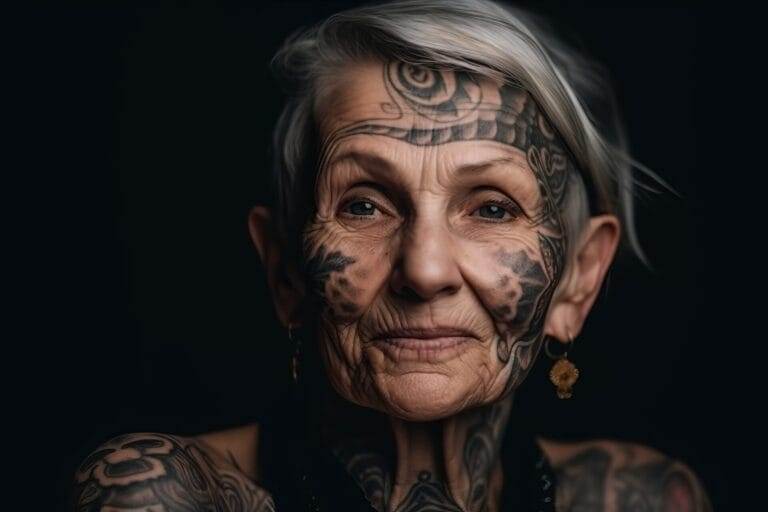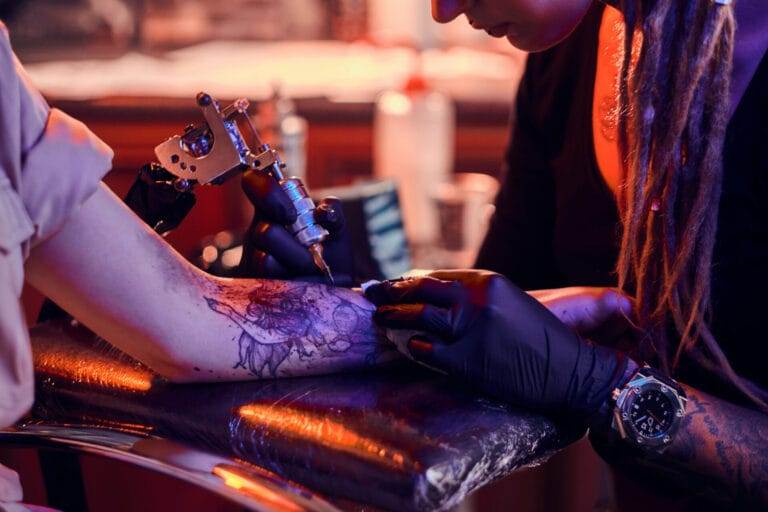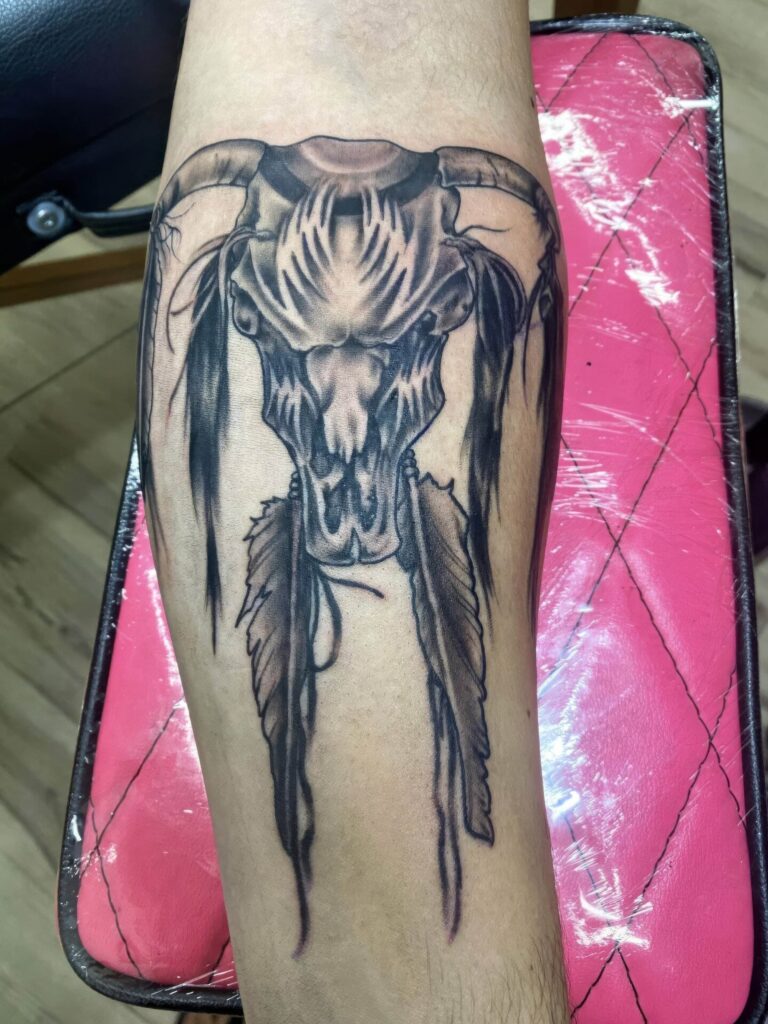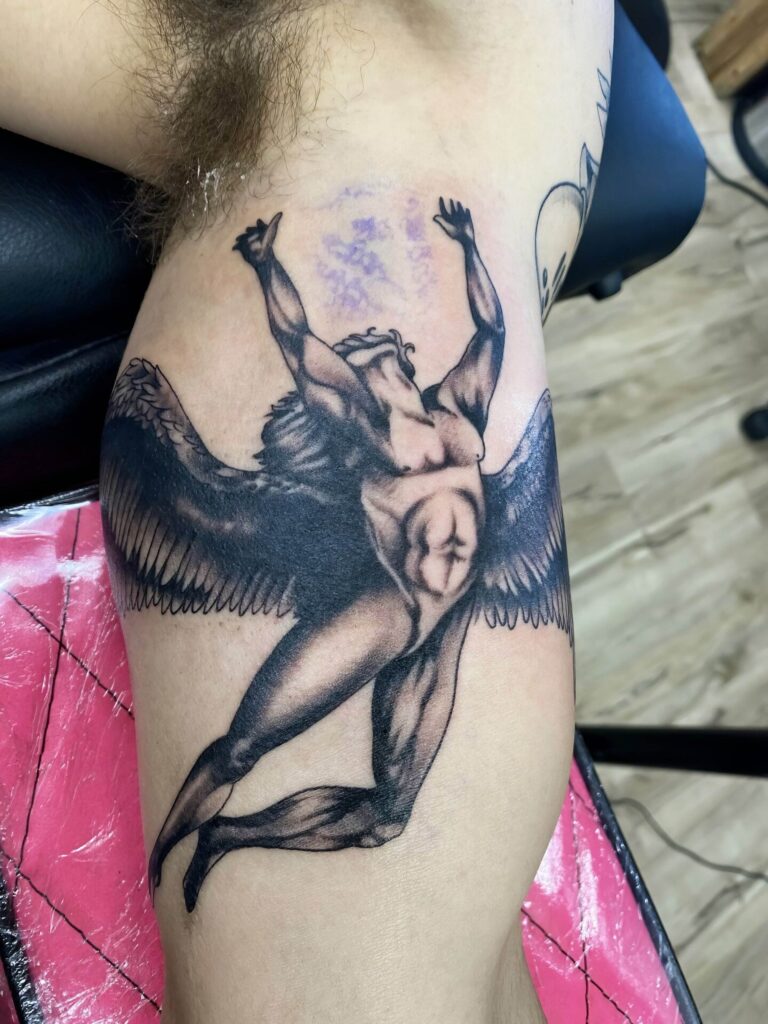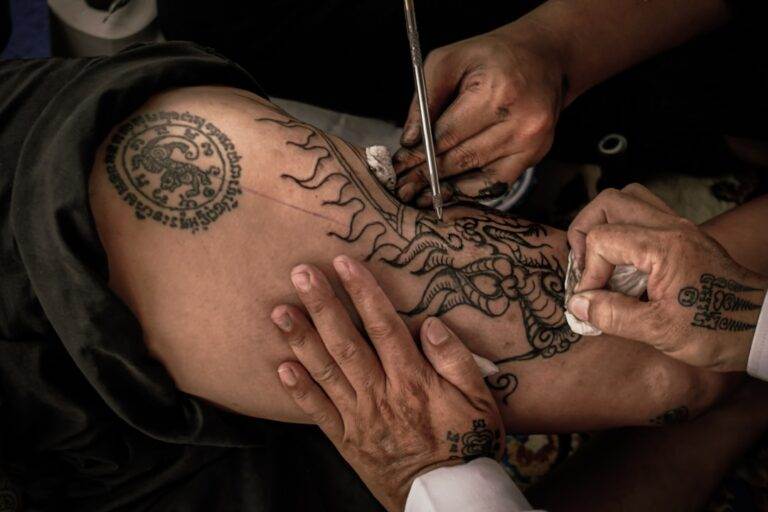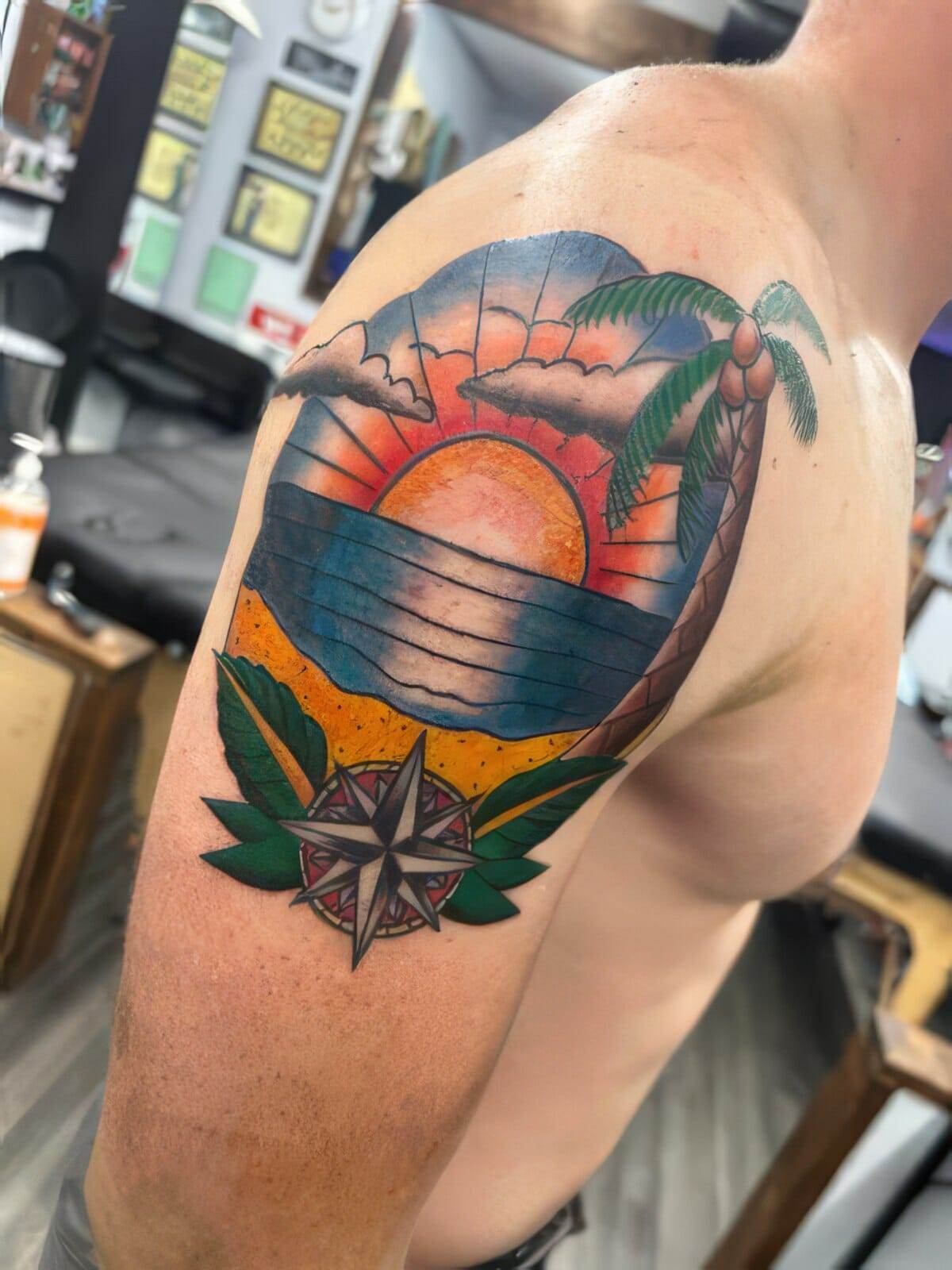
Introduction
Watercolor tattoos have emerged as a popular trend in the world of body art, captivating tattoo enthusiasts with their unique and vibrant designs. This blog post will delve into the rise of watercolor tattoos, exploring their unique appeal and tracing back their history and evolution.
The rise of watercolor tattoos and their unique appeal
Watercolor tattoos have gained immense popularity due to their distinctive appearance that mimics the fluid and vibrant nature of watercolor paintings. The technique involves blending and layering different hues and tones to create a design that resembles a beautiful watercolor masterpiece.
The appeal of watercolor tattoos lies in their ability to break away from the traditional bold and solid lines of traditional tattooing. Instead, they offer a more delicate and ethereal aesthetic, with colors seamlessly blending together. This lends a sense of subtlety and depth to the design, resulting in a more artistic and painterly look.
These tattoos are often characterized by their soft edges, gentle gradients, and the absence of black outlines. This creates a dreamy and whimsical effect, allowing the colors to flow and blend together organically. People are drawn to watercolor tattoos for their ability to create a visually striking and unique piece of art on their skin.
Exploring the history and evolution of watercolor tattoos
The history of watercolor tattoos can be traced back to the mid-20th century when artists started experimenting with more fluid and painterly styles. However, it wasn’t until recent years that this technique gained significant recognition and popularity.
Artists began incorporating watercolor techniques into tattoos by using diluted ink and a watercolor brush. This allowed them to achieve the desired effect of blending and layering colors on the skin. Over time, advancements in tattoo equipment and pigments have further enhanced the possibilities of creating watercolor tattoos.
Today, watercolor tattoos have become a sought-after choice for those seeking a more artistic and expressive form of body art. The style has evolved to include a wide range of designs, from delicate floral arrangements to abstract landscapes. The versatility of the watercolor technique allows for endless creative possibilities, making each tattoo a unique and personalized work of art.
In conclusion, watercolor tattoos have captivated the world of tattooing with their unique and visually stunning designs. The rise of this trend can be attributed to their ability to create a more delicate and painterly look, bringing a touch of artistry to the world of body art. By exploring their history and evolution, we can gain a deeper appreciation for the skills and creativity involved in creating these beautiful works of art.
What are Watercolor Tattoos?
Watercolor tattoos have emerged as a popular trend in the world of body art, captivating tattoo enthusiasts with their unique and vibrant designs. These tattoos mimic the fluid and vibrant nature of watercolor paintings by blending and layering different hues and tones. Unlike traditional tattoos, watercolor tattoos break away from bold and solid lines, offering a delicate and ethereal aesthetic with colors seamlessly blending together.
Understanding the characteristics and techniques of watercolor tattoos
Watercolor tattoos are characterized by soft edges, gentle gradients, and the absence of black outlines. This creates a dreamy and whimsical effect, allowing the colors to flow and blend together organically. To achieve this effect, tattoo artists use diluted ink and a watercolor brush, mimicking the techniques used in traditional watercolor paintings. This technique requires the artist to have a good understanding of color theory and blending techniques to create a visually striking and unique piece of art.
Benefits and challenges of getting a watercolor tattoo
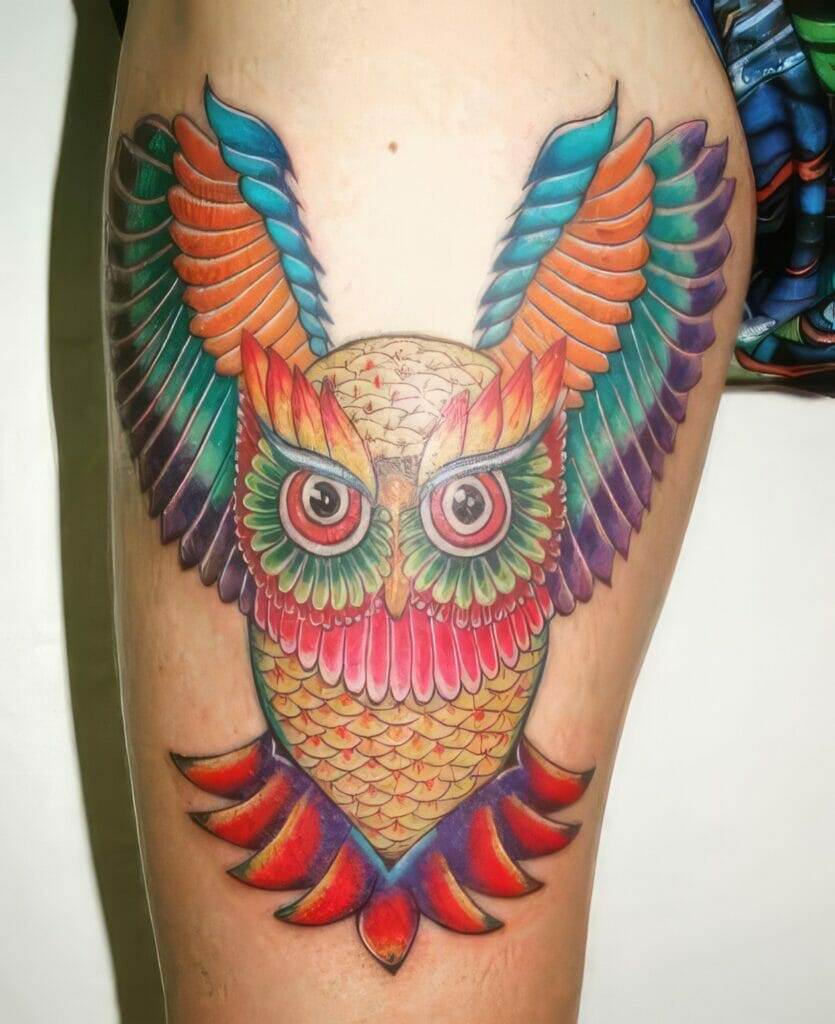
Getting a watercolor tattoo offers several benefits, such as the ability to have a more artistic and personalized piece of body art. The versatility of the watercolor technique allows for endless creative possibilities, ranging from delicate floral arrangements to abstract landscapes. Additionally, the soft and delicate nature of watercolor tattoos can complement different body parts, creating a harmonious and cohesive look.
However, there are also challenges associated with watercolor tattoos. Due to their delicate nature, they may fade faster compared to traditional tattoos. The absence of black outlines also means that the design may not age as well over time. It is important to consider these factors and consult with a skilled tattoo artist who specializes in watercolor tattoos to ensure the best possible outcome.
In conclusion, watercolor tattoos have gained popularity due to their unique and visually stunning designs. By understanding their characteristics and techniques, individuals can appreciate the artistry involved in creating these beautiful works of body art. Despite the challenges, watercolor tattoos offer a more artistic and personalized approach to tattooing, allowing individuals to showcase their unique style and personality.
Choosing the Right Design
Popular themes and styles for watercolor tattoos
When it comes to watercolor tattoos, there are a variety of popular themes and styles to choose from. Some common themes include nature elements such as flowers, animals, and landscapes. These designs often feature vibrant colors and delicate brushstrokes, creating a dreamy and whimsical effect. Additionally, abstract designs are also popular, allowing for more creativity and personalization.
Tips for selecting a design that suits your personality and preferences
When selecting a design for your watercolor tattoo, it’s important to consider your own personality and preferences. Here are a few tips to help you make the right decision:
- Research different artists specializing in watercolor tattoos and look through their portfolios to get a sense of their style and expertise.
- Think about the colors and elements that resonate with you personally. Consider the emotions and feelings you want the tattoo to evoke.
- Consider the placement of the tattoo on your body. Certain designs may work better on specific body parts.
- Communicate openly with your chosen tattoo artist. Share your ideas and inspirations, and trust their professional guidance.
- Remember that tattoos are permanent, so take your time in the decision-making process and ensure you are completely satisfied with the design before moving forward.
By considering popular themes and styles and taking into account your personal preferences, you can select a watercolor tattoo design that truly represents you and showcases your unique style.
The Tattooing Process
Preparation and Aftercare for Watercolor Tattoos
Before getting a watercolor tattoo, individuals are advised to prepare properly and take care of their tattoo afterward for optimal healing and longevity. The following steps are essential to follow:
- Consultation: Schedule a consultation with a reputable tattoo artist who specializes in watercolor tattoos. Discuss your design ideas, placement, and any concerns to ensure mutual understanding.
- Design and Stencil: Once the design is finalized, the artist will create a stencil of the tattoo. This stencil is then transferred onto the skin for visualization of the placement and size before the inking process begins.
- Tattooing Process: Using a combination of watercolor techniques and tattooing tools, the artist will carefully create the desired design. Watercolor tattoos often have a softer appearance and may require multiple sessions to achieve the desired result.
- Aftercare: After completing the tattooing process, the artist will provide specific aftercare instructions. This typically involves keeping the tattoo clean, avoiding direct sunlight, and applying a healing ointment or lotion as recommended. Following these instructions is crucial for proper healing and to prevent complications.
Pain Levels and Healing Time for Watercolor Tattoos
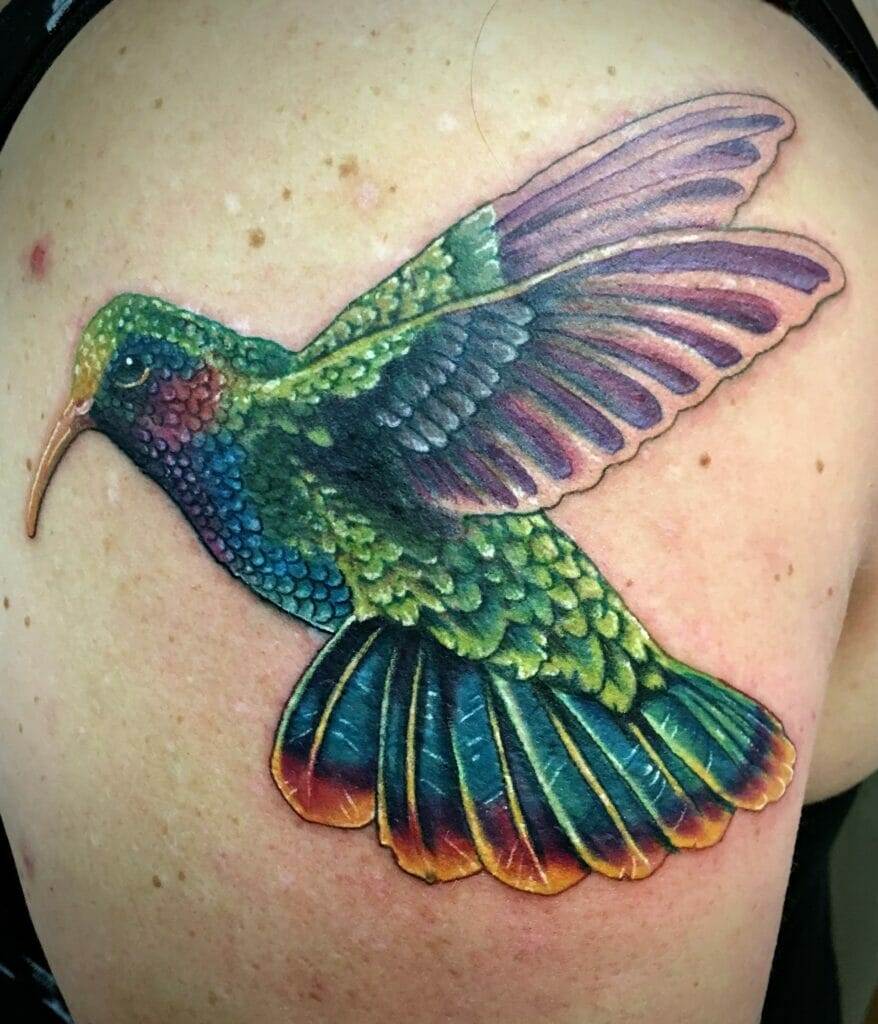
The pain experienced during a watercolor tattoo will vary from person to person. Generally, watercolor tattoos are less painful compared to traditional tattoos due to the lighter and more delicate application of pigment. However, individuals should mentally prepare themselves for some level of discomfort, as everyone’s pain tolerance differs.
Watercolor tattoos have a healing time similar to that of traditional tattoos, usually taking around 2-4 weeks for the initial healing process. During this time, it is important to adhere to the aftercare instructions provided by the tattoo artist to ensure proper healing and prevent infections.
It is worth noting that watercolor tattoos may require touch-ups over time to maintain vibrancy and longevity. The nature of the watercolor technique can cause the colors to fade slightly over time. Discussing touch-up sessions and long-term care with a trusted tattoo artist will provide more information.
Remember, getting a watercolor tattoo is a personal choice. It is crucial to conduct thorough research, choose a skilled artist, and follow proper aftercare instructions for a beautiful and long-lasting result.
The Risks and Considerations
Potential risks and limitations of watercolor tattoos
When considering watercolor tattoos, it is important to be aware of potential risks and limitations. These include:
- Color Fading: Watercolor tattoos may experience more significant color fading over time compared to traditional tattoos. The delicate nature of the watercolor technique can cause the colors to soften and lose their vibrancy.
- Limited Detail: Watercolor tattoos generally have a softer and more diffused appearance. This can limit the ability to achieve intricate details and sharp lines.
- Touch-ups: Due to color fading, watercolor tattoos may require touch-up sessions to maintain their desired look and prevent the design from becoming too washed out.
- Artist Expertise: Finding a skilled tattoo artist experienced in creating watercolor tattoos is crucial. Artists who lack experience or do not understand watercolor tattoo techniques might not be able to achieve the desired results.
It is important to thoroughly discuss these risks and considerations with the chosen tattoo artist during the consultation process. Understanding the limitations and potential maintenance requirements will help individuals make informed decisions about their watercolor tattoos.

